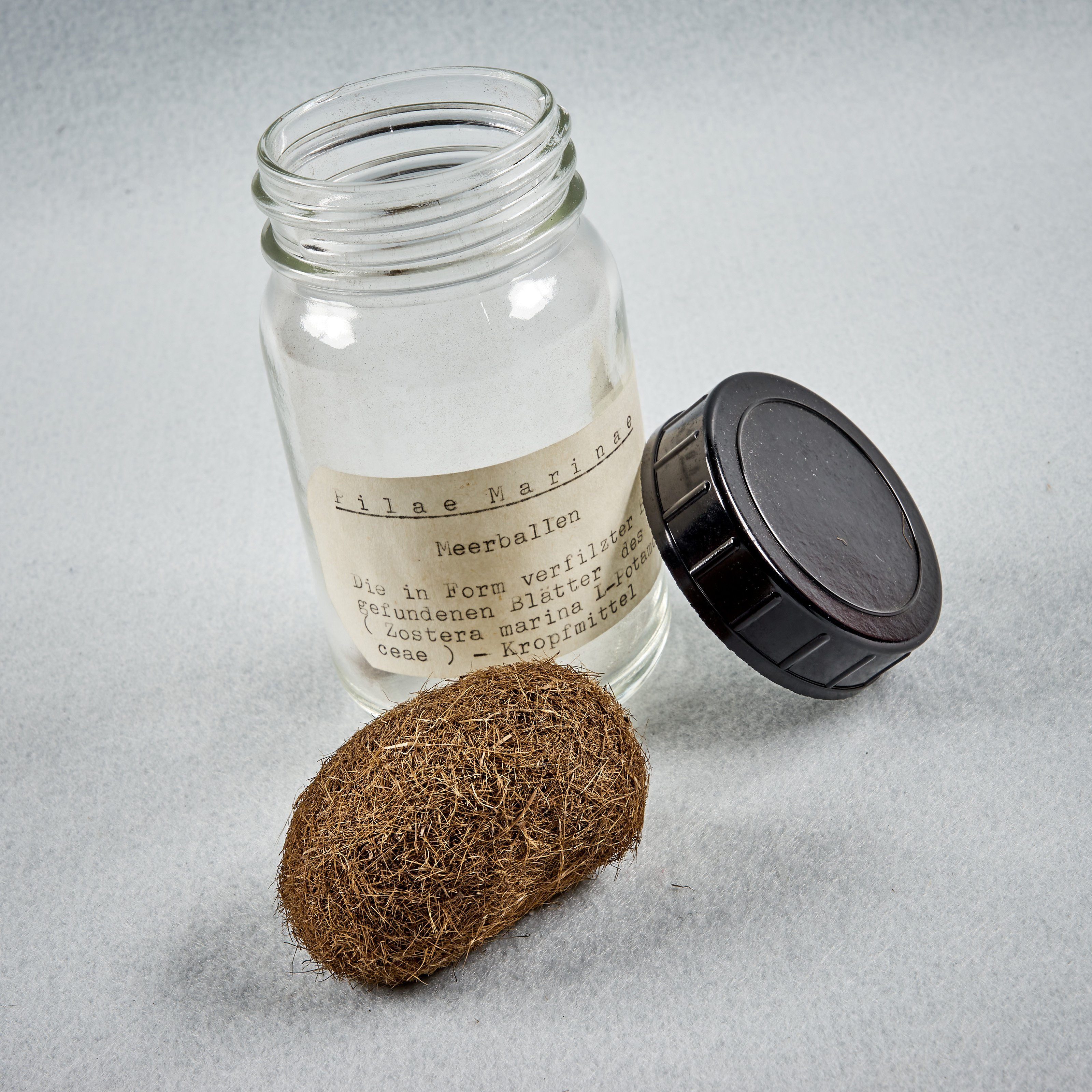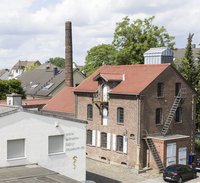Seebälle oder Meerbälle (Pilae marinae) sind runde, verfilzte Gebilde, die an Stränden zu finden sind. Sie entstehen aus abgerissenen Teilen von Seegras, deren Fasern durch den Wellengang ständig auf dem sandigen Grund hin und her bewegt werden. Im Mittelmeer besteht das Pflanzenmaterial hauptsächlich aus Posidonia oceanica, im Schwarzen Meer aus Zostera marina. Wegen ihres hohen Jodgehalts wurden sie bis in die Neuzeit als Medikament verwendet. Man nutzte sie zur Behandlung von Kröpfen (lat. Struma, krankhafte Vergrößerungen des Schilddrüsengewebes) und verschiedenen Hautkrankheiten.
en

